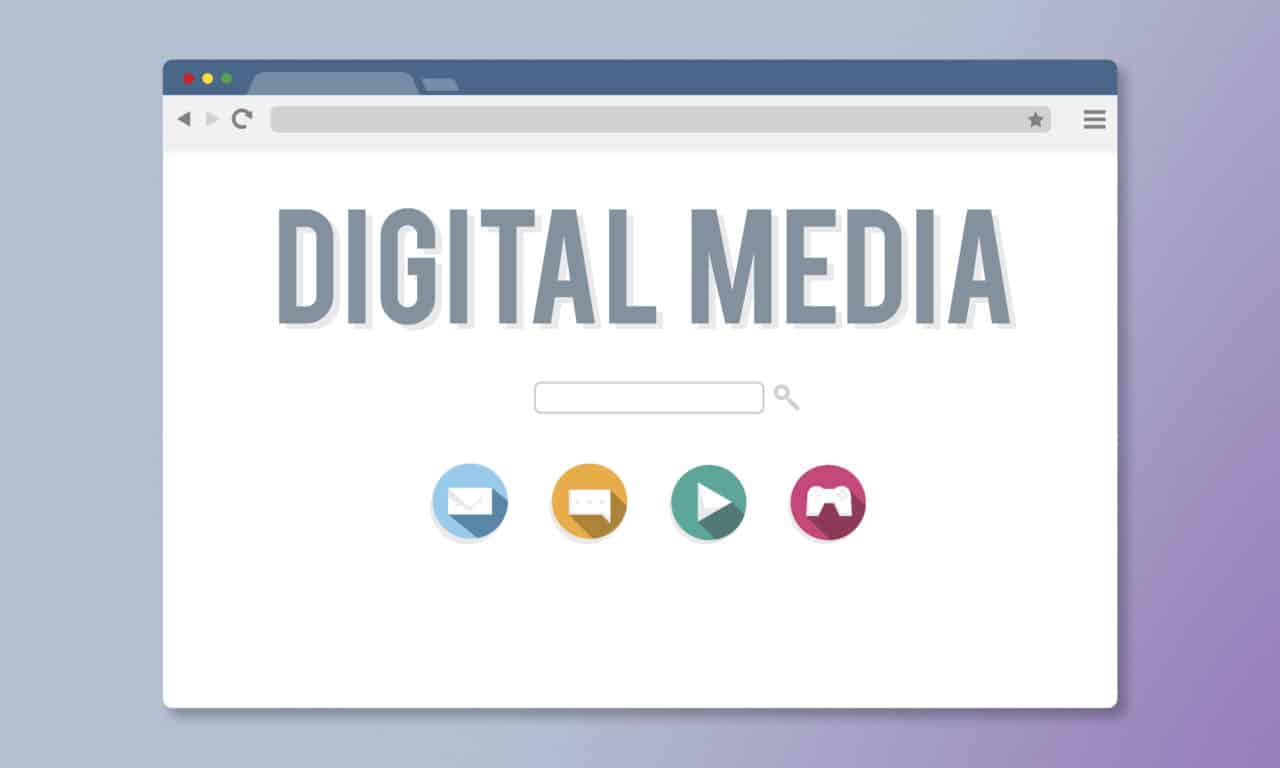Table of Contents

With the rise of the World Wide Web, commercial marketing has changed on multiple levels. Gone are the days when businesses manually promoted products and services. With the help of modern technologies, the focus is on providing seamless and omnichannel user experiences across various online and offline channels.
That is where commercial multimedia steps in.
What is commercial multimedia? How can it benefit your company? Here are a few things to keep in mind.
What Is Multimedia Marketing?
Multimedia marketing uses various forms of media to reach your company’s target audience and increase brand recognition.
It combines offline marketing (radio, newspaper ads, TV commercials, and direct mail) with digital channels (email, social networks, PPC).
Why Does Commercial Multimedia Marketing Matter?
In commercial marketing, we usually talk about traditional vs. digital marketing. However, these two approaches often go hand in hand.
With the rise of wearable technologies and mobile search, digital channels have become a fundamental aspect of our everyday lives. Digital marketing allows you to reach the people interested in your products, evoke their Fear of Missing Out (FOMO), and build stronger relationships.
Offline marketing, on the other hand, helps you reach wider audiences. Most importantly, you can combine traditional and digital marketing. Using digital signage, direct mail, and flyers, you can create a QR code and point potential customers to your website, social networks, or contact form.
Commercial multimedia is an effective way to meet your customers where they are, boost their engagement, and secure sales faster.

How to Get the Most out of your Commercial Multimedia Strategy?
Now that you know what commercial multimedia marketing is and how it benefits your business, it is time to build your brand promotion strategy. Here are a few proven tips to keep in mind.
Use a Brand Style Guide
In commercial multimedia, it is vital to have a brand positioning strategy. To do that, you need to establish brand assets and use them consistently across all online and offline channels.
Precisely because of that, you need to sit down with your marketing team or agency and choose your brand elements, such as typography, font sizes, logo usage, color palette, etc. Then, create your brand style guide and make it available to everyone.
When building your brand style guide, focus on company values and missions. Make sure brand elements can be used across all multimedia channels you use.
Set Clear Communications Objectives
You have already done extensive market research and know what your target customers prefer. Your brand book is thorough, dictating a strict and consistent use of your brand elements. Next, you want to determine what you are going to say to your customers.
With any multimedia marketing campaign, it is vital to first set your communication objectives. What action do you want your customers to take when they see your billboard or social media ad? Do you want them to visit your physical store and use a coupon to get a discount? Sign up for a webinar? Maybe you want them to visit your website for more information.
Once you determine what action you want users to take, it is easier to tailor your tone of voice and deliver consistent messaging across all marketing channels.
Be Customer-Centric
Today, one-size-fits-all marketing campaigns do not resonate with customers. Modern consumers are highly demanding. No matter if they sign up for your email list, watch your in-store LED projector or purchase from your online store, they expect you to provide highly personalized user experiences.
That is why it is essential to analyze the customer data you collect from multiple resources. Consider segmenting your audiences to identify their needs, emotions, interests, activities, and demographics. That is particularly important for your digital marketing strategy.
That way, you can break your customer base down into smaller segments and tailor your messaging, content, and offers to their specific needs and requirements.
Choose your Channels Wisely
You can use multiple channels to reach your target customers. However, to succeed, you need to pick the ones that matter to your target audiences.
For starters, analyze your target market and build buyer personas. It is essential to know who your audiences are. Marketing to Baby Boomers and Gen Z, for instance, requires a different approach.
Always A/B test the performance of your channels. By comparing different approaches and strategies, you will understand which ones deliver the best results. Based on these results, you will determine which channels you will add to or eliminate from your marketing strategy.
Test your Multimedia Marketing Strategy
With so many advanced marketing analytics solutions, you can effectively test both traditional and online marketing campaigns. Analyze all marketing channels you use to determine their performance.
The goal is to learn from past campaigns and improve your future marketing efforts. Only that way will you focus on the channels that resonate with your customers and boost your marketing ROI.
Conclusions
Multimedia marketing is the nerve centre of any successful business. By combining different marketing channels, you can reach wider audiences and grow your business faster.
Do you use commercial multimedia in brand promotion?
This article does not constitute legal advice.
The opinions expressed in the column above represent the author’s own.





